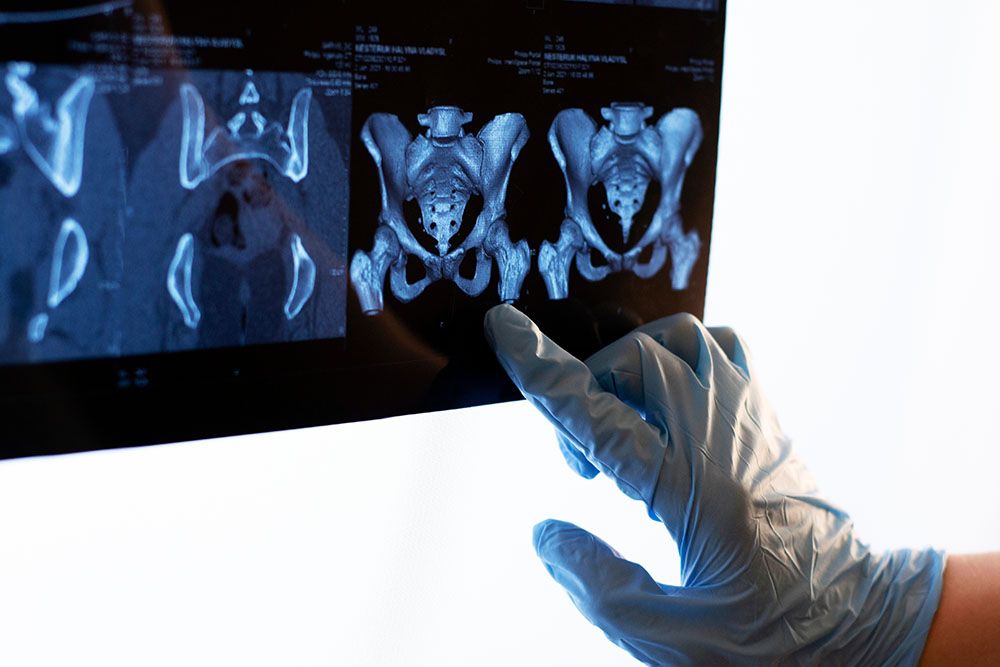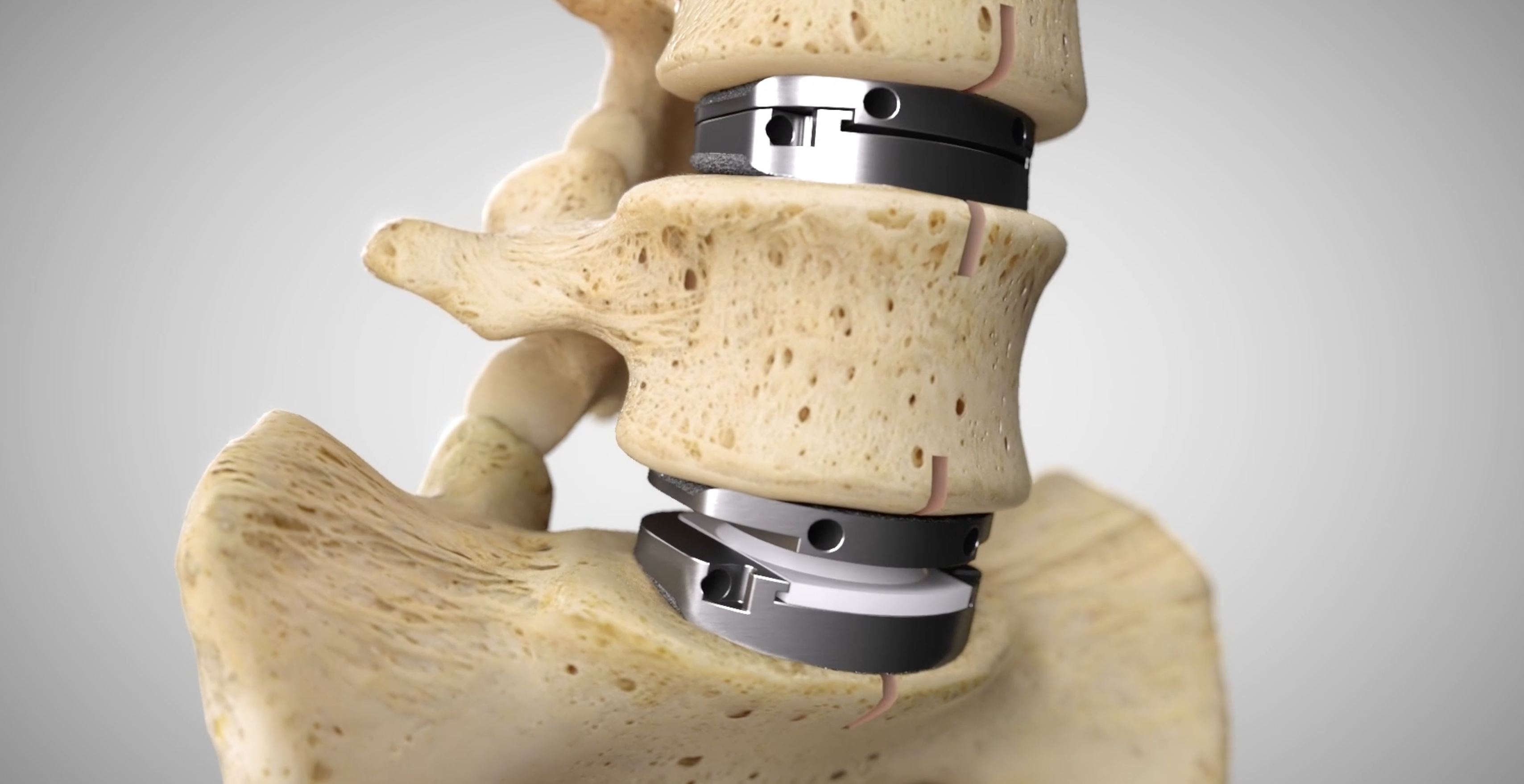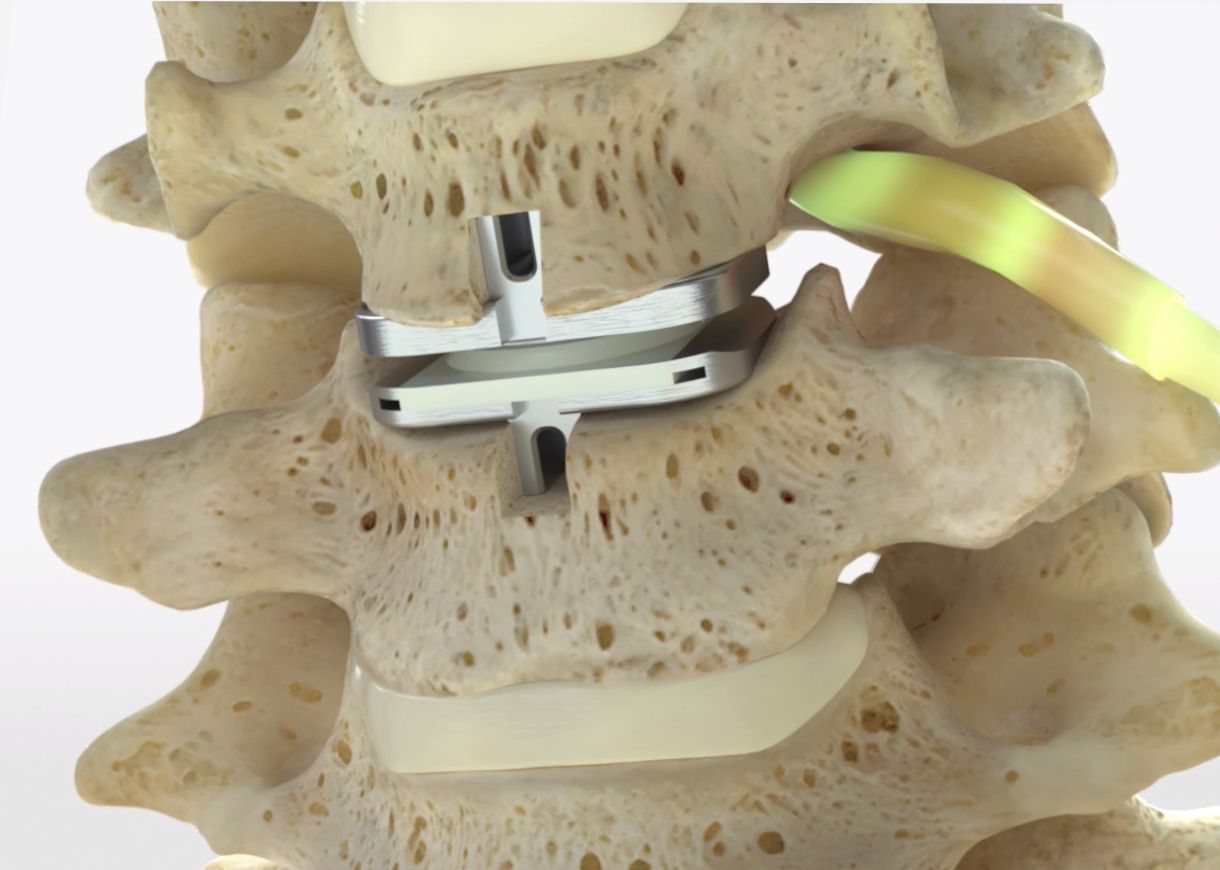Do you have SI Joint Pain?
The SI joint can be a significant cause of lower back pain. Clinical publications have identified the SI joint as a pain generator in 15-30% of chronic lower back pain patients.1-4 In addition, the SI joint is a pain generator in up to 43% of patients with continued or new onset lower back pain after a lumbar fusion.5
Sacroiliac Joint (SI Joint) Anatomy
The sacroiliac joint (SI joint) is located in the pelvis; it links the iliac bones (pelvis) to the sacrum (lowest part of the spine above the tailbone). It is an essential component for energy transfer between the legs and the torso.
Like any other joint in the body, the SI joint can be injured and/or undergo degeneration. When this happens, people can feel pain in their buttock and sometimes in the lower back, hips, and legs. This is especially true while lifting, running, walking, or even lying on the involved side.
Do you experience one or more of the symptoms listed below?
- Lower back pain
- Sensation of low extremity: pain, numbness, tingling, weakness
- Pelvis/buttock pain
- Hip/groin pain
- Feeling of leg instability (buckling, giving way)
- Disturbed sleep patterns due to pain
- Disturbed sitting patterns (unable to sit for long periods, sitting on one side)
- Pain going from sitting to standing
Making a Diagnosis
A variety of tests performed during physical examination may help reveal the SI joint as the cause of your symptoms. Sometimes, X-rays, CT-scan or MRI may be helpful in the diagnosis of SI joint-related problems because they can rule out other common sources of pain—such as your lumbar spine or hip joints. It is also important to remember that other conditions (like a disc problem) can co-exist with SI joint disorders.
The most relied upon method to accurately determine whether the SI joint is the cause of your lower back pain symptoms is to inject the SI joint with a local anesthetic. This diagnostic injection will be performed under either X-ray or CT guidance to verify accurate placement of the needle in the SI joint. If your symptoms decrease by at least 50%, it can be concluded that the SI joint is either the source of or a major contributor to your lower back, hip, or pelvic pain. If the level of pain does not change after SI joint injection, it is less likely that the SI joint is the cause of your pain.
Treatment Options
Once the SI joint is confirmed as the cause of your symptoms, treatment can begin. Some patients respond well to physical therapy, use of oral medications, or injection therapy. These treatments are often performed repetitively, and frequently symptom improvement using these therapies is temporary. If non-surgical treatment options have been tried and do not provide long-term relief, your surgeon may consider other options, including the minimally invasive iFuse procedure.
SI Joint Fusion with the iFuse Implant System®
The surgeons at SWAN Brain and Spine are trained in the latest minimally invasive surgical (MIS) techniques, including use of the iFuse Implant System® from SI-BONE®, a medical device company pioneering MIS sacroiliac (SI) joint treatment. The iFuse Implant System is intended for sacroiliac joint fusion for some causes of SI joint pain. SI joint treatment using the patented triangular design of the iFuse implant has been clinically evaluated more than any other SI joint fusion procedure. More than 100, peer-reviewed publications demonstrate the safety, durable effectiveness, and biomechanical and economic benefits of the iFuse implant (www.si-bone.com/results.) The iFuse implant is the only SI joint fusion device with clinical studies, including two randomized controlled trials1,2, demonstrating that treatment improved pain, patient function, and quality of life.1-6 As with any minimally invasive surgical procedures, there are potential risks associated with the iFuse Implant System It may not be appropriate for all patients and all patients may not benefit. For information about the risks, visit www.si-bone.com/risks.
The iFuse Implant System® is intended for sacroiliac fusion for conditions including sacroiliac joint dysfunction that is a direct result of sacroiliac joint disruption and degenerative sacroiliitis. This includes conditions whose symptoms began during pregnancy or in the peripartum period and have persisted postpartum for more than 6 months. It is also intended for sacroiliac fusion to augment immobilization and stabilization of the sacroiliac joint in skeletally mature patients undergoing sacropelvic fixation as part of a lumbar or thoracolumbar fusion or for acute, non-acute, and non-traumatic fractures involving the sacroiliac joint. There are potential risks associated with the iFuse Implant System. It may not be appropriate for all patients and all patients may not benefit. For information about the risks, visit www.si-bone.com/risks
Low back pain is a common issue that affects many people during their lifetime. There are many structures in the lower back and pelvic area that can cause pain. Most commonly, people with low back pain believe that the lumbar spine is the cause of their pain. Occasionally, hip problems can cause pain that is sometimes confused with low back conditions. Another common cause of low back pain symptoms can be the sacroiliac joint. SI joint dysfunction can be a significant contributor to pain in the lower back, pelvic region, buttocks, or legs.
The SI joint is located in the posterior pelvis, linking the iliac bones (pelvis) to the sacrum (lowest part of the spine above the tailbone).
The function of the SI joint is to transfer weight and forces due to movement from your legs, through the pelvis to your upper body and vice versa—acting as an anatomical shock absorber to protect the spine during activity. The primary role of the SI joint is to provide stability for the pelvis and to bear the load of the upper body.
Trauma and degeneration are two leading causes of SI joint dysfunction. Sacroiliac joint trauma can occur during motor vehicle accidents, falls on the buttocks, lifting and/or twisting, pregnancy and childbirth. Sacroiliac joint degeneration can occur as a result of previous lumbar spine surgery, stresses to the SI Joint due to leg length differences, osteoarthritis, and prior infection of the SI joint.
A sacroiliac joint exam includes:
- Consideration of a patient’s health history and symptoms,
- Asking the patient to point to where it hurts (Fortin Finger Test),
- Physical examination, including provocative tests (stressing the joint in an attempt to recreate the pain),
- Diagnostic injections (injecting anesthetic into the joint to see if the pain goes away). The
- Lower back pain (below L5)
- Sensation in lower extremity; pain, numbness, tingling, weakness
- Pelvis/buttock pain
- Hip/groin pain
- Feeling of leg instability (buckling, giving way)
- Disturbed sleep patterns due to pain
- Disturbed sitting patterns (unable to sit for long periods, sitting on one side)
- Pain when going from sitting to standing
The iFuse Procedure is a minimally invasive surgery that stabilizes and fuses the SI joint. Typically, a physician places three small triangular titanium implants across the joint, and the triangular shape and strength of the implant resists movement and rotation of the joint. iFuse is the only device for treatment of SI joint dysfunction that is backed by significant published clinical evidence, including two randomized controlled trials.
Prospective patients should speak to their doctor and can learn more about sacroiliac joint dysfunction, treatment options, and the iFuse Implant System via SI-BONE’s website, www.si-bone.com. For indications, risks, and safety information about the iFuse Implant System, visit www.si-bone.com/risks.



